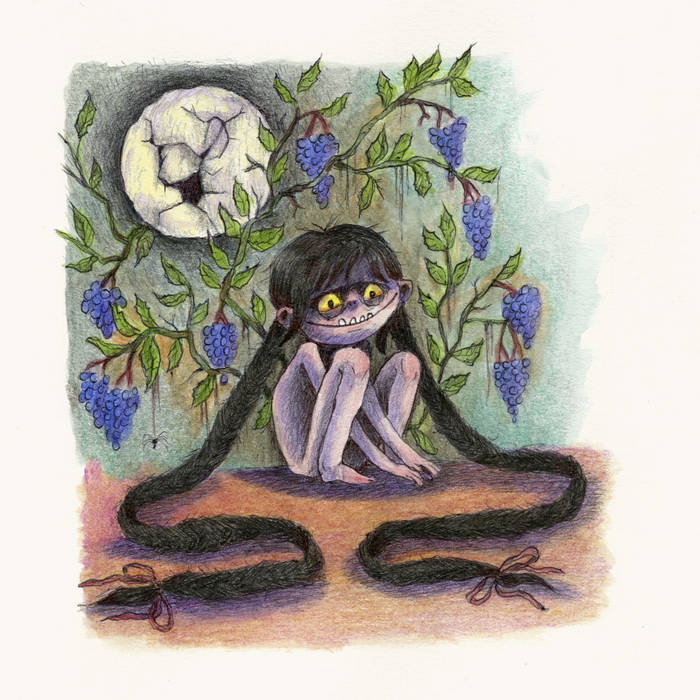On Oct. 10, renowned young-adult author John Green released his latest novel, “Turtles All the Way Down.” This is the first book Green has written since releasing “The Fault in our Stars” in 2012, yet it still contains his trademark classic banter, quirky details, and quick pace. Regarding its more realistic protagonist and discussion on anxiety, though, this is an unprecedentedly personal novel.
The story centers on Aza Holmes, a 16-year-old with a fairly ordinary life. Her mom is a math teacher at her high school in Indianapolis. Her best friend Daisy has bright pink hair and writes Star Wars fan fiction. Aza dreams of going to college, but as the daughter of a single mom, that means finances are a little tight. All of this changes, however, with the announcement of a $100,000 bounty for a missing local millionaire. Daisy and Aza concoct a plot to find the millionaire, claim the reward, and use the money to go to college. During the course of the investigation, Aza reunites with her childhood friend, Davis. To make things more complicated, Davis happens to be the son of the very same missing millionaire, adding a personal aspect to Aza’s and Daisy’s investigation. In rekindling the friendship, the two find numerous commonalities in regard to their experiences with loss and complexities of everyday life, allowing them to completely open up to each other.
Aza struggles with anxiety throughout the novel, oftentimes to the point where she is unable to fully devote attention to what is going on around her. She is not the typical rebellious and confident heroine of John Green’s novels, such as Hazel Lancaster from “The Fault in Our Stars” or Margo from “Paper Towns.” She meets with a therapist on a bi-weekly basis, begins taking Lexapro, and exposes the reader to her nervous ritual of reopening a finger wound only to sanitize it and bandage it again. Aza’s anxiety revolves around a fear of bacteria and contamination, making everyday parts of life such as eating, touching unknown surfaces, and kissing difficult. Readers may initially feel wary of Green’s use of anxiety as a plot or characterization device, but it is not exploitative. John Green has discussed his own struggles with obsessive-compulsive disorder and anxiety, and the way Aza’s anxiety attacks are written and her subsequent actions are anything but romanticized. Furthermore, she does not miraculously get better — her anxiety is clearly painted as something she will have to learn to live with, and her true friends will stand by her in support. It is not going to magically go away, but there is a message of hope: that Aza will be able to better cope over time.
The book could best improve regarding concrete detail and the overall fast pace of the writing. John Green is known for his rapid-fire speech in his Crash Course videos on YouTube, and quick, witty dialogue between characters. These quirks remain in “Turtles All the Way Down,” and almost imperceptibly increase. It is understandable why Green turns to these narrative strategies, especially during Aza’s anxiety attacks, but the conceit results in only excess detail. More descriptive and detailed scenes, regarding character relationships, allow for readers to be more engaged and understanding of the progression of the story. More background details on the character also further immerse readers. That said, the constant dialogue and action does make for an engaging and addictive read.
“Turtles All the Way Down” has its moments of incredulity, but it always returns to fundamental messages on friendship, mental illness, loss, and love. The Indianapolis setting and discourse on anxiety make for a profoundly personal novel, as well as a more believable story. Overall, this novel is a worthwhile read for fans of young-adult fiction and John Green’s previous works.
Author: John Green
Grade: B+
Image Courtesy of Rodrigo Corral








